How to Transition to Lucy Pet Formulas for Life™
Formulas For Life™ Dog Food Transition
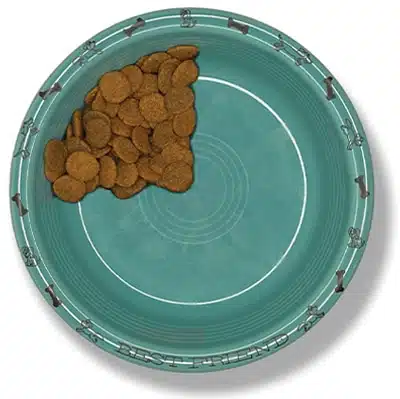
Day 1 & 2
Feed 75% old brand
25% of Lucy Pet’s Formulas For Life
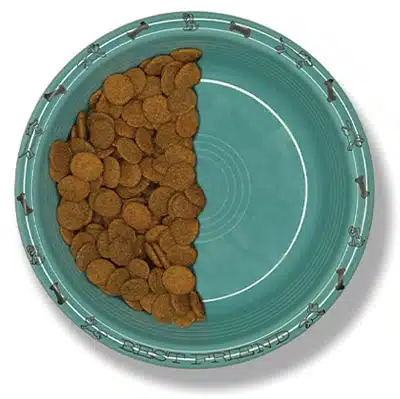
Day 3 & 4
Feed 50% old brand
50% of Lucy Pet’s Formulas For Life
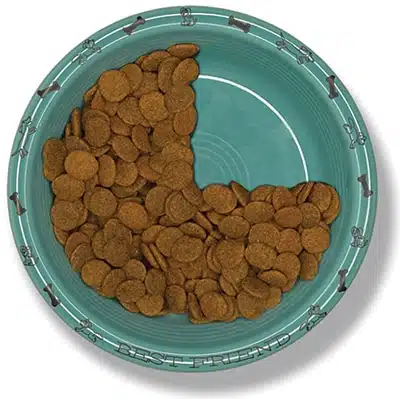
Day 5
Feed 25% old brand
75% Lucy Pet’s Formulas For Life
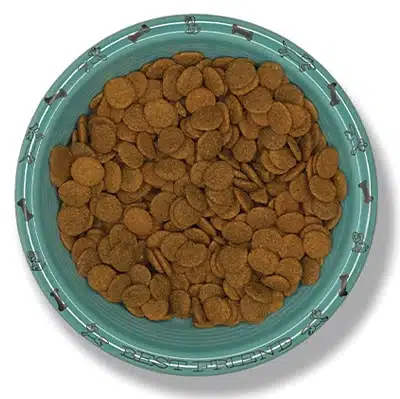
Day 6
Feed 100% of Lucy Pet’s
Formulas For Life
Formulas For Life™ Cat Food Transition
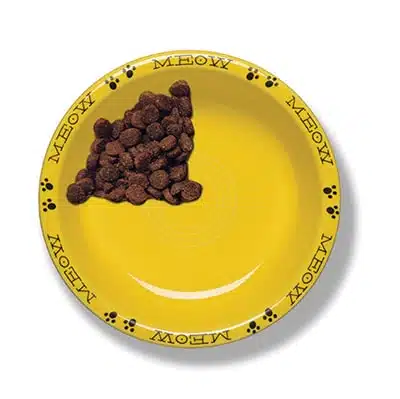
Day 1 & 2
Feed 75% old brand
25% of Lucy Pet’s Formulas For Life
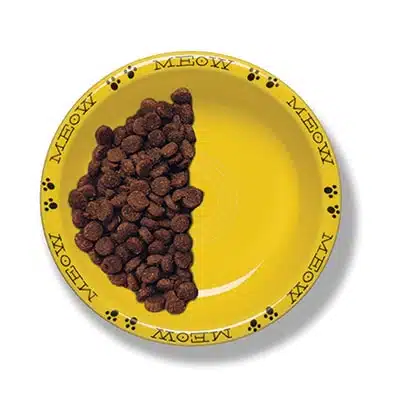
Day 3 & 4
Feed 50% old brand
50% of Lucy Pet’s Formulas For Life
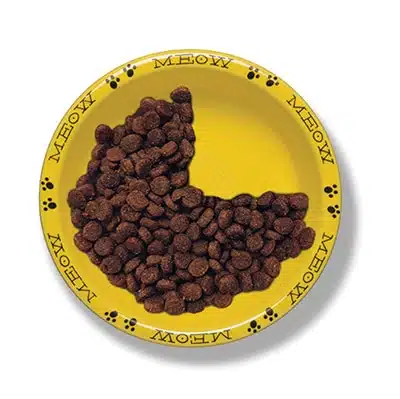
Day 5
Feed 25% old brand
75% Lucy Pet’s Formulas For Life
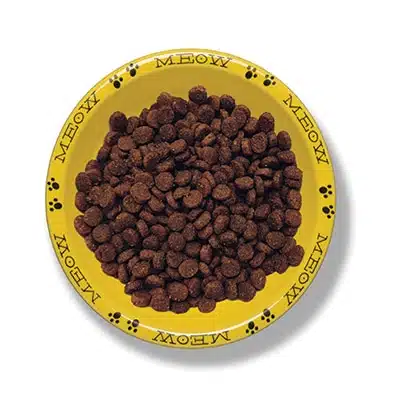
Day 6
Feed 100% of Lucy Pet’s
Formulas For Life
For best results allow a 5 to 7 day period to let your pet adjust to a new formula.
When Switching your pet’s diet, we recommend a transition from your pet’s current diet to any Lucy Pet’s Formula over a 5 to 7 day period. Replace 25% of the current diet with Lucy Pet’s new formula over time until your pet is fully transitioned.
If you do not have any current formula to mix with, we recommend reducing the amount of new formula to fed for the first few days, feeding small and more frequent portions while increasing over time.
The key to switching foods is to do it gradually, so your pet’s digestive system can adapt to our formula and nutrients. Start by replacing 20-25% of the current food you are feeding with Lucy Pet Formulas for Life. Each day, gradually increase the amount of new food and decrease the amount of the former food until your pet is eating only the new diet.
If your pet tends to have a sensitive stomach, allow up to 10-14 days to fully transition to Lucy Pet Formulas for Life™
In some instances, a pet can experience soft stools during the first week when you switch and transition to any new food. Lucy Pet Formulas for Life™ digest easily and most pets transition smoothly. However, if your pet’s stool becomes loose, it may be necessary to transition more gradually to the new diet.
Be sure to temporarily eliminate any treats or wet food for the first few days, and follow feeding guidelines closely. Lucy Pet diets may require different feeding quantities than the food you were previously feeding.

